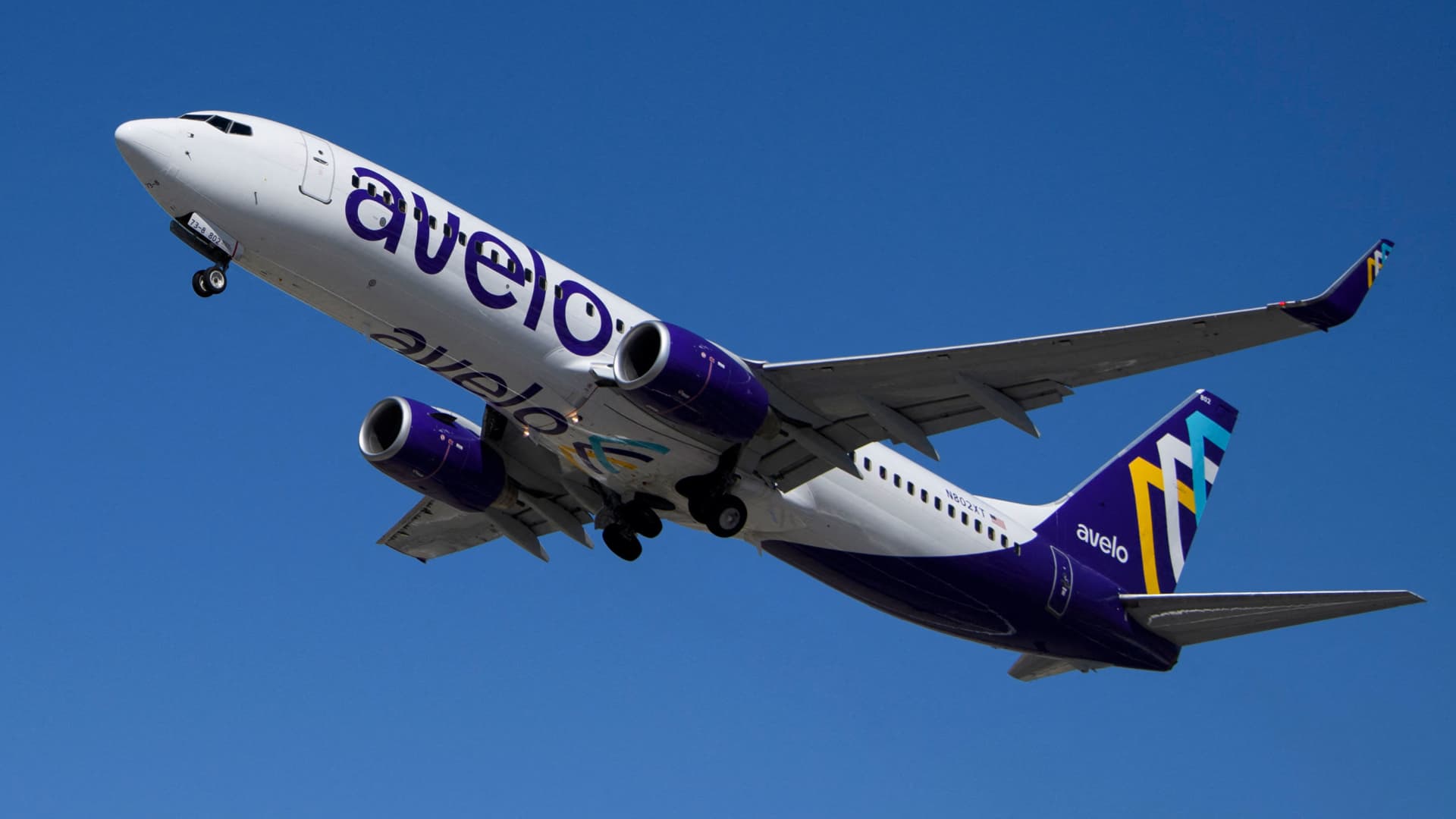An Amazon worker delivers packages amid the coronavirus disease (COVID-19) outbreak in Denver, Colorado, April 22, 2020.
Kevin Mohatt | Reuters
Delivery costs have been rising across the country and are expected to continue as the pandemic drags on, creating a serious headwind for retailers, according to a report by Jefferies.
“The recent growth in shipping costs has been fueled by the surge in e-commerce penetration, which has created a significant supply/demand imbalance and left carriers capacity constrained,” Jeffries’ analyst Janine Stichter said in the report, which was based on a call with Dean Maciuba, a former FedEx executive who is currently the North America managing partner at consulting firm Last Mile Experts.
Consumers expect fast and free shipping, but that is an increasing burden for many retailers, especially those that were hurt by extended shutdowns during the Covid-19 pandemic. Mid-sized retailers are especially at risk because many don’t have the capacity to implement a robust and efficient enough shipping strategy to keep up with the demand for fast deliveries.
This pressure comes largely from companies like Amazon, famous for its Prime two-day shipping, one-day and same-day delivery options. This has made consumers expect fast and free shipping, even though some may not even want or need it, said Stichter.
Online shopping during the holiday season last year did not hit as high of peak as expected, according to Maciuba. He suspects that shipping carriers are looking to make up for financial losses since they invested in building up infrastructure in preparation for increased demand that never materialized. On the other hand, retailers could benefit from lower-than-expected shipping costs.
However, holiday surcharges that shipping carriers like FedEx and UPS implemented to prepare for the influx of orders aren’t going away. These surcharges will likely become the new normal moving forward, in addition to the 5%-6% annual increases that are usually seen, Maciuba predicted.
FedEx recently announced new peak surcharges on Express and domestic residential ground shipments for those customers who had a weekly volume of more than 30,000 packages. The 30-cents per package surcharge went into effect on Monday.
Maciuba told Jefferies that the best solution for shipping carriers to combat losses from the pandemic and holiday is to adopt alternative delivery methods like buy online, pick up in store services, curbside pickup and the use of third-party delivery apps like Doordash or Shipt.







